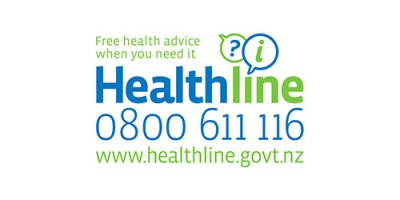Flight nurses take to the sky during Nelson-Blenheim road closure
Our flight team are used to working through disruption, either brought on by poor weather or by changes in workflows as requests for flight services come in throughout the shift. However, the repatriation of discharged patients who had received treatment in Nelson Hospital, but were then cut off from Wairau due to flooding and road closures, was something new.
“When we have weather events that affect flying our workload can easily backup,” Lara Millar, Flight Nurse and Associate Flight Coordinator explains.

Lara Millar, Flight Nurse and Associate Flight Coordinator
“We have the ability to take one stretchered patient at a time. There are seats where people could sit up and if they are mobile they can walk on to the plane, but with our demographic, it is usually stretches that we are using.”
The flight team complete around 100 air transports a month with additional flights outsourced to support the workload.
“We generally have a lot of patients that need to go to specialists services, so our priority is to get patients to where they need to be and that can be anywhere in the country.”
“We also have to repatriate patients who are at other centres, usually tertiary centres, back to our hospitals in Wairau and Nelson.”
Tania Parr, Flight Nurse and Flight Coordinator said, “We do have a road ambulance that is based in Wairau and that has a road nurse on it, and they are occasionally used for very stable patients that can drive over the hill, but with the road closed we haven’t been able to do that at the moment.”
Even before the weather event that caused flooding and slips across Nelson Marlborough, the team were challenged with weather including fog creating poor visibility and issues for landing.
“We start at 8am but end times can vary quite dramatically,” Tania said. “Occasionally staff can get stuck, we recently had one staff member who was stuck in Christchurch overnight due to the weather.”
The team are very conscious of sustainability and the carbon footprint of flying and its impact on the environment. This drives them to make the most out of each flight.
“We try to collude our work in a way that doesn’t have too many empty legs or works well with patient tracking,” Lara said. “For example dropping a patient off in Christchurch and then back loading a patient to Wairau Hospital.”
“So when the floods happened we were utilising our air ambulance to assist discharged people to get back to Wairau airport if we had an empty leg. They would then be picked up by whānau from the airport.”
An important part of the flight nurses' role is reassuring the patient. However in the case of this natural disaster, they were also reassuring those who had been discharged but weren’t sure what they might find when they returned home.
Lara said, “There were a lot of people who were concerned about their homes, especially from Wairau. The devastation was in some ways so wide spread. You have people impacted who live in Wairau, people who live in the Sounds, people who live in Nelson.”
“They’re concerned about what is happening at home. Has my house been stickered? Is my support person able to come and pick me up? Are my animals OK at home?”
“A lot of our job is communication. And making sure that everyone is on the same ‘flight’ so to speak. In terms of the people that are sending patients, the people that are receiving patients, the patients actually going on the flight and everyone else - including how many suitcases we can take and does your wheelchair actually fold up.”
The team’s ability to communicate has had a boost recently with the addition of a noise cancelling headset that allows them to clearly speak with ambulance services or the ward from the flight.
“It really helps because we deal with a lot of background noise in the aeromedical environment so being able to hear people clearly and being able to communicate clearly is important.”
“It makes a big difference to be able to say, ‘I’ll be arriving on the ward with the patient at this time’, so that there can be people ready to receive your patient. Obviously in our work we have another job to get on to, so the less delays we can have in that journey the better it is for us to transition to the next patient journey.”
Whilst it is a demanding role Tania and Lara wouldn’t have it any other way.
“I find it a really rewarding job,” Tania said. “We can take people to tertiary centres in their darkest of days, but we also get to pick people up and we get to see them when they are all fixed up. Even when things are really scary for the patient, you know that you are assisting them through that journey, and their support people as well.”










